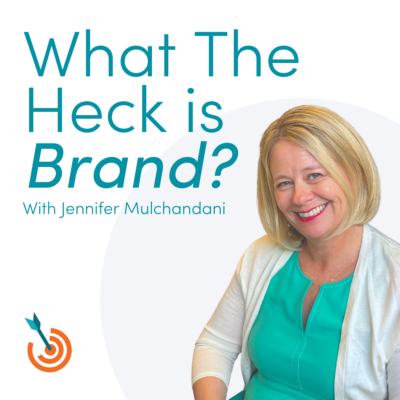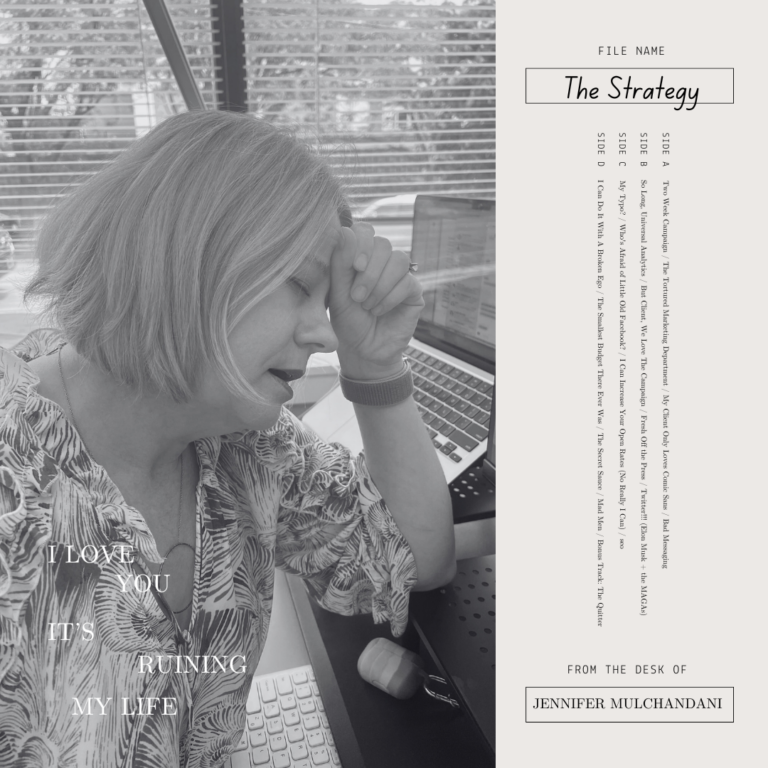 During a discussion this week with two fabulous clients about what they can do to maximize their brand exposure at an upcoming event, It occurred to me that the use of branded give-away items is prolific these days. In general terms, using branded goods can be an effective and inexpensive way to promote a brand. They also help create brand ambassadors, even unknowingly, if a company hits upon an item that gets used publicly.
During a discussion this week with two fabulous clients about what they can do to maximize their brand exposure at an upcoming event, It occurred to me that the use of branded give-away items is prolific these days. In general terms, using branded goods can be an effective and inexpensive way to promote a brand. They also help create brand ambassadors, even unknowingly, if a company hits upon an item that gets used publicly.
I recently refinanced a mortgage, and shortly thereafter received a home shaped box filled with a branded wine chart, chip clip, pen and a shopping bag. In general, I found those items to be useful and worthwhile for my personal use. But how much would they help this mortgage company spread their gospel? Their thinking might be that by having these items in my home, I’ll remember to talk about them. True to a point. But as much as I may personally use the chip clip, the shopping bag is the best one for them. Since I use shopping bags for everything, I will be helping to get their name/logo out and about at least weekly, indefinitely. Not a bad ROI for the mortgage company with bags costing about a dollar!
Yet, the branded shopping bag is the like the branded ballpoint pen of the past. Everyone is doing them. So while effective, it isn’t original anymore. How should brands identify which give-away item to use? I propose that to be most effective, branded items should:
Be Relevant. Branded Rubik’s Cubes make sense if your messaging is about problem solving or playing games. It wouldn’t be as effective if your brand is lawn care or babysitting.
Be Useful. Avoid dust collectors like paper weights (do people REALLY use paper weights?!), pencil cups and squishy balls. I would even put branded coasters in this category.
Leave Home. Like the example I gave of the wine chart, the more these items can be seen in public, outside of your home, the more reach the brand achieves and the greater the ROI. Here is an opportunity to brand to-go coffee cups, water bottles, lunch bags, backpacks, coolers and the ubiquitous shopping bag. Hats, jackets and other clothing apparel should refer to the next point.
Look Good. Because even if an item is meant to go with a customer, they won’t use ugly stuff in public. Less is more when it comes to branding items for personal use. T-shirts with big ugly logos in the middle won’t go far; but well designed shirts may find their way to the park, the gym or around the neighborhood.
Be Distributed All the Time. If you are going to spend $500 or $5,000 on branded material, it won’t help your brand reach at all if you don’t distribute the items as much as possible. That half used box of branded note pads or frisbees sitting in your storage closet will at best collect dust, or at worst, will become dated if trends change before your next company picnic or user conference. Use them now, while you still like them.
Have fun picking out a creative give-away!
Happy branding 🙂
Jennifer


